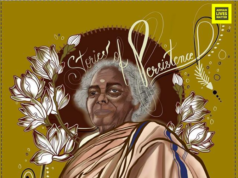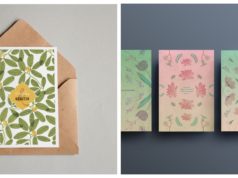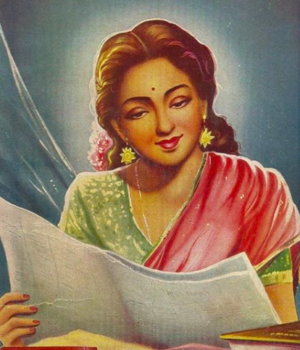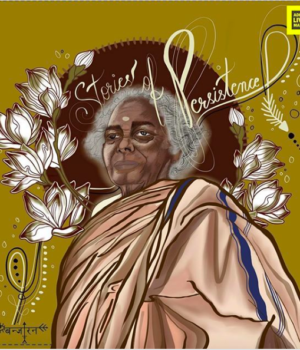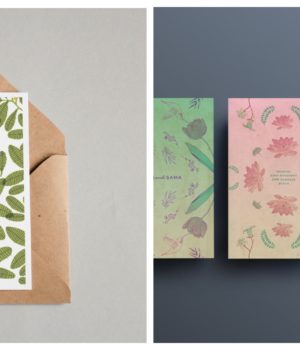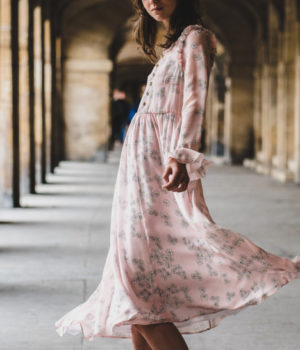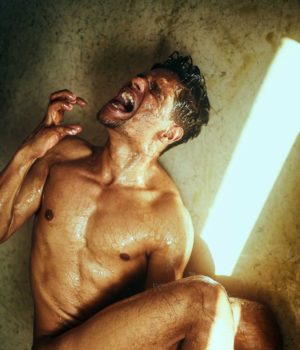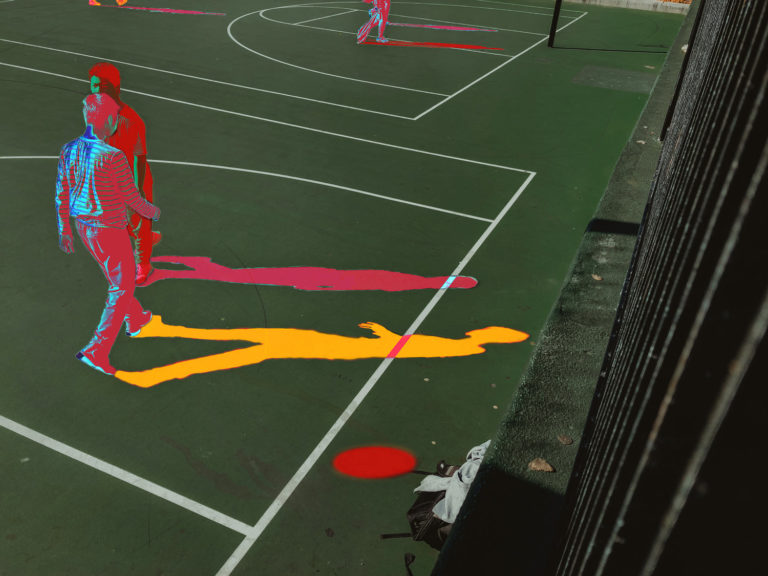
Photographers are taking to their cameras to voice protest, or even just capture the beauty of the world. In India, they are pushing limits and challenging existing notions about humanity. Here are ten photographers using their cameras to shake up the world and challenge our existing perceptions about the lives around us.
1.Harikrishna Katragadda – Malana
Harikrishna Katragadda’s photography series Malana is a documentation of the slowly diminishing culture of a Parvati valley village. The village is known for its cultivation of cannabis, with their livelihood depending on it. Due to marijuana criminalisation, the village’s main source of income has been gravely impacted, which Katragadda’s series explores. He says, “With new power projects and roads coming near this village, their ancient traditions and way of life is fast disappearing. My project documents people of this vanishing culture.” Katragadda’s series is an exploration into a lesser known, but highly debated form of livelihood.
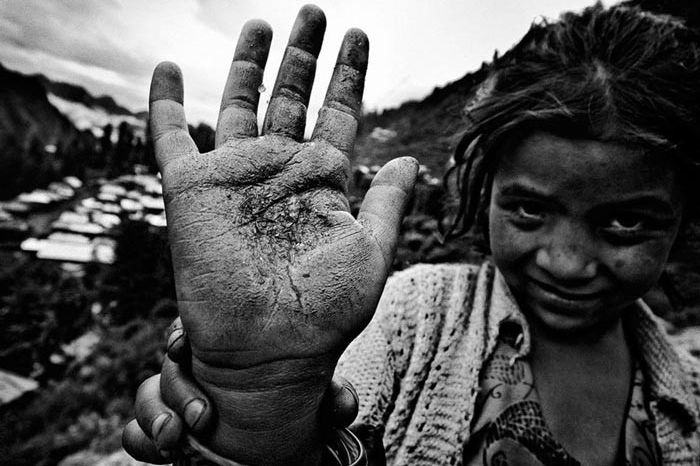
2. Arati Kumar Rao
Arati Kumar Rao is using her photography to bring to light the intensity and impact of ecological degradation. Referring to it as a slow violence, Rao finds that environmental deterioration often passes by unnoticed and invisible but worsens over time. She uses both photographs and words to weave stories and document how these ecological changes impact communities and lives. Some of her series’ include ‘The Nowhere People’, which explores the lives displaced by the Farakka Barrage, and ‘Killing the Hero’, which exposes the effects of the Sundarban oil spill.
3. Mohit Ahuja
Mohit Ahuja quit his advertising job in 2015 to pursue his passion for photography. Ahuja grew up with a sister who has special needs and works with an NGO making candles and diyas. He felt that she was limited by this and from exploring the potential of her abilities. He then customized and created a photography course catered towards people with disabilities. This eventually led to him founding the organisation Know Disability. The organisation uses a variety of programmes to help create opportunities for differently abled people. Ahuja uses photography to create employment opportunities and allow his students to maximise their potential, despite any disabilities.
4. Anushka Kelkar
Through her account BrownGirlGazin, Kelkar looks at photography as a way to push and redefine ideas of beauty. Most of her shots feature women staring right at the camera, assuming a position of confidence. It’s a depiction of women at their most natural and comfortable. The series works to challenge existing ideas of how women should look and behave. Each picture is accompanied with a story by the featured woman. On the series, Kelkar says, “For me, it has become about accepting that your body is alive and constantly evolving, just like you, and the important thing is to have a relationship with it and decode its language.”
5. Soham Gupta
Soham Gupta’s series explores the dark corners of the margins of Calcutta society. Gupta started out with photographing portraits of drug addicts and those living under Calcutta’s Howrah Bridge. The series eventually transformed into a book that features portraits shot in the dark, accompanied by a short narrative. As Gupta says, “I want Angst to stand as testimony to the requiem of countless dreams in a metropolis, even as it is a record of my own angst-ridden youth.” The series is dark and grisly, with each portrait made to look like a person emerging from the shadows.
6. Dikshit Kashyap
Dikshit Kashyap’s series ‘Man Enough’ takes a look into the harmful impact of toxic masculinity. When describing his project, Kashyap says “The norms set by masculinity also act as a barrier which hinders males from acknowledging mental health problems and seeking help for it which in turn leads to substance abuse and hence in most cases suicide.” He deals with issues such as fat shaming, vulnerability, and facial hair, as each picture is accompanied with a description of the various ways men are held up against impossible standards. His series works to highlight the toxic imposition of masculinity, and he ends each piece by saying “you are man enough”.
7. Rishabh Malik
Rishabh Malik’s photo series ‘Tainted: Exhibit A’ is a compilation of vibrant and powerful images, that work as a reflection on life. The project is a documentation of human emotions, and is translated into bright colours, juxtaposed against simple backgrounds. The bright colours reflect the emotions of the subjects, as well as Malik’s. The series is a presentation of vivid colours that immediately capture the viewer’s attention. Malik’s translation of feelings to colours is a unique perspective on human emotions.
8. Bipasha Shom
Through her campaign #GivePhotos, Bipasha Shom is using photography to allow people to visually document their lives. She started out by taking pictures of people and then giving them the print to keep. The project started when she realised that there were large groups of people all over who had no visual records of themselves, only pictures for voter identification cards. When talking about the impact photography has on people, Shom said “I think a photo is something that feeds the soul… It’s hard to know how these images will impact people’s lives but I think we’ve brought some small amount of happiness.”
9. Karanjit Singh
His work documents Sikh and Tibetan trauma, and the animosity these communities face. His series ‘It’s Not a Turban; It’s a Crown’ is a commentary on the violent racism faced by the Sikh diaspora. Another project of his, ‘Exile is a Memory of a Beloved’ explores the Tibetan community forced into exile. His photography takes a look into the feeling of displacement and the search for a sense of belonging.
10. Roshini Kumar – @rosh93
Roshini Kumar is a fashion photographer known for breaking boundaries and challenging her own creativity. Her series ‘The Secret Lives of Good Girls’ was inspired by the Western sexual revolution of the 60s. It’s a project that explores sexual liberation and expression. ‘ibleed’ is another conceptual series which deals with menstruation, and works to normalize conversations and depictions about it. Through her creative photography, Roshini Kumar forces conversations about issues like body shaming and her journey as a cancer survivor. Her work celebrates the human body, and depicts them at their most natural.
Photography has allowed for the start of conversations, the normalization of biological processes, and the protest against discrimination. Photography provides a lens that changes the way we look at the world.
Written by Raika Aban Sengupta
Featured image credit: Rishabh Malik

